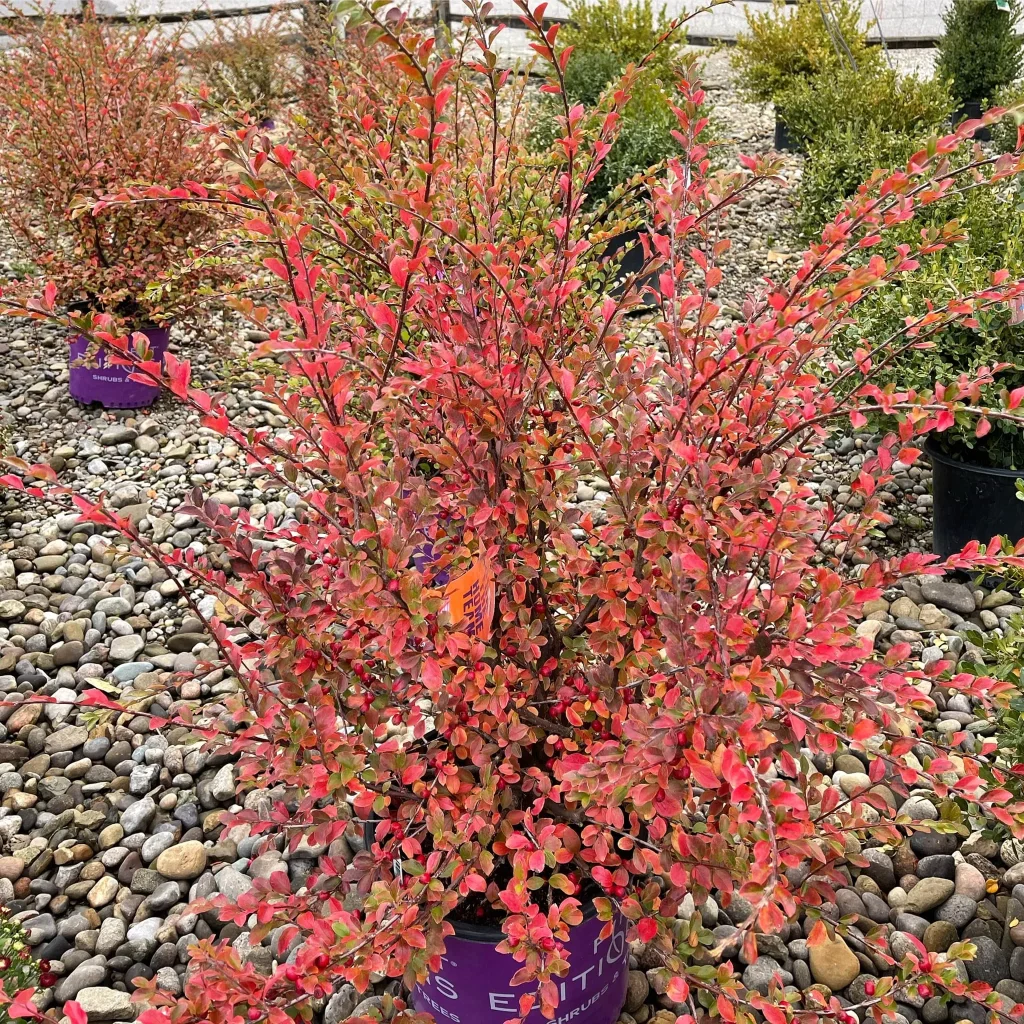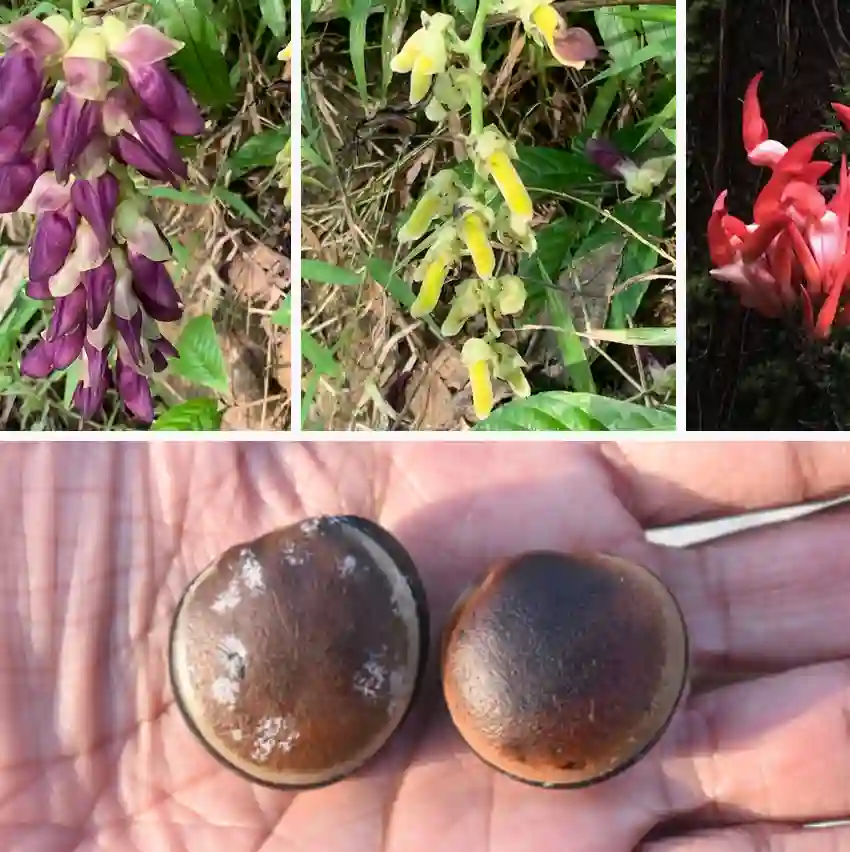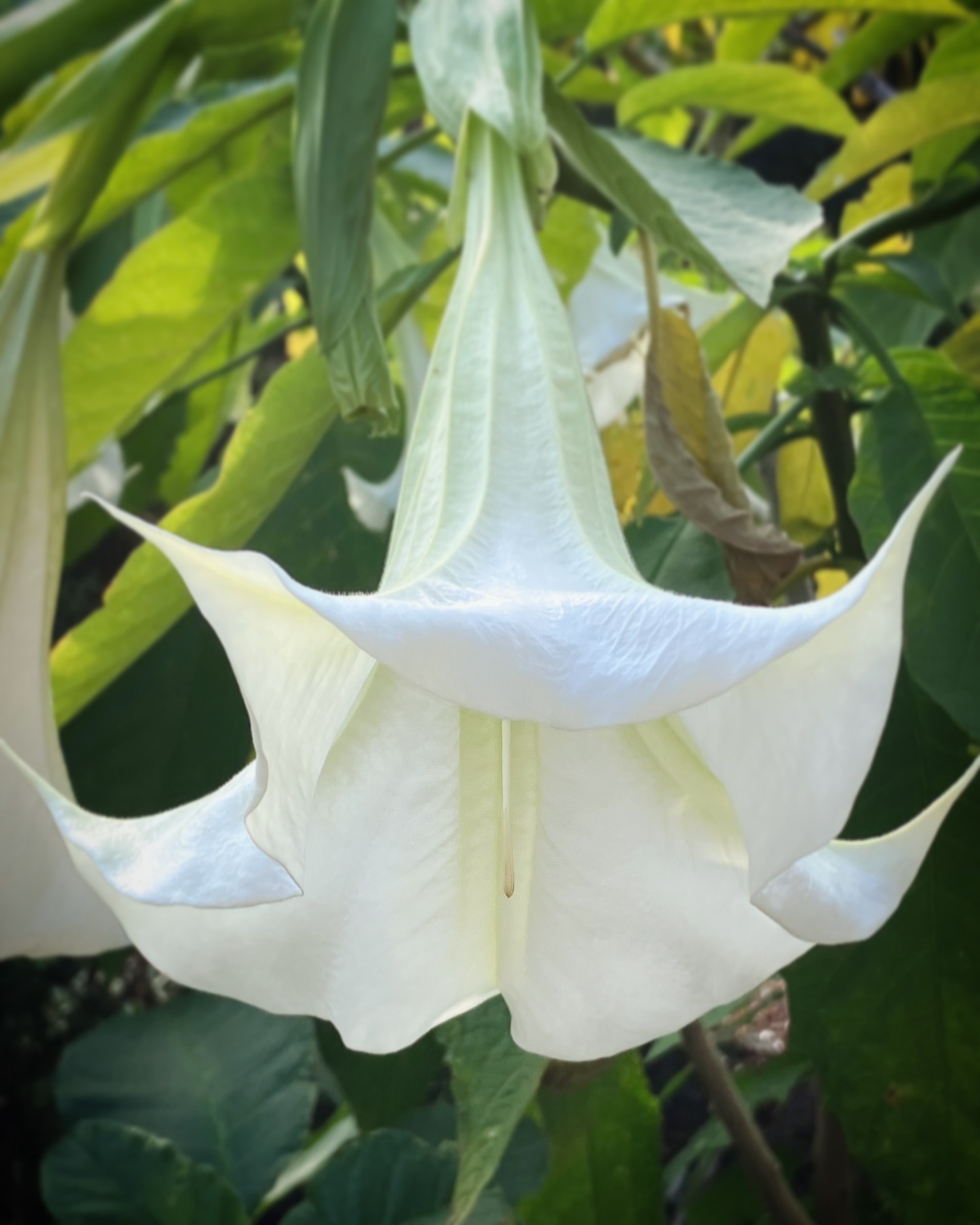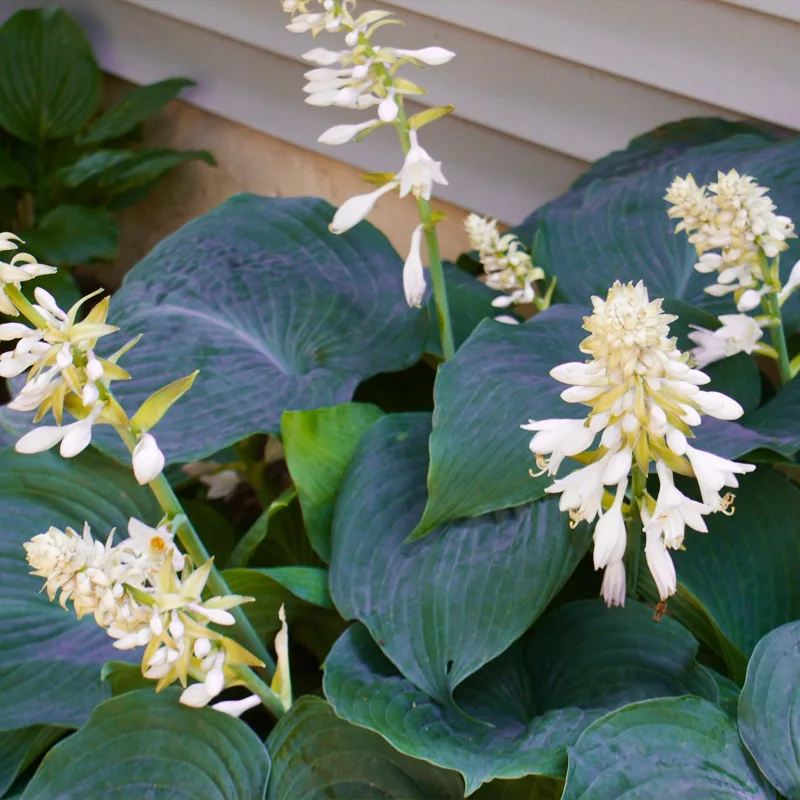
Star Magnolia vs Royal Star Magnolia
I love the delicate blooms of both Star Magnolia and Royal Star Magnolia in spring, but Royal Star’s larger flowers make a more dramatic statement in my garden.
How big does a Royal Star Magnolia get?
I’ve noticed that Royal Star Magnolias can get quite large over time. In my experience, they typically reach about 10 to 15 feet tall and spread out to about the same width. It’s fascinating to watch them grow and fill out, becoming a stunning focal point in the garden with their beautiful white blooms in early spring.
371 Species in Genus Magnolia
How fast does a Royal Star Magnolia grow?
From what I’ve observed, Royal Star Magnolias have a moderate growth rate. They aren’t the fastest growers, but they aren’t slow either. On average, mine have grown about a foot per year. This gradual growth has allowed me to enjoy their development and shape them as they mature without feeling like they’re taking over the space too quickly.
Are Royal Star Magnolias deer resistant?
I’ve had to consider the local wildlife when planting my Royal Star Magnolia. Unfortunately, they are not deer resistant. In my area, deer seem quite fond of them, especially the tender new shoots and buds. To protect my trees, I’ve had to use deer repellents and occasionally some fencing, especially in the early years when the trees are still small and vulnerable.
Are Royal Star Magnolias native to Kentucky?
Royal Star Magnolias aren’t native to Kentucky, but they do adapt well to the climate here. They originate from Japan, but they seem to thrive in the local conditions, enjoying the full sun and well-drained soil. I’ve found that with a little care, they can become a beautiful addition to gardens even outside their native range.
Are Star Magnolia and Royal Star Magnolia the same species?
While Star Magnolia and Royal Star Magnolia are closely related, they aren’t exactly the same. Royal Star is actually a cultivar of the Star Magnolia. The main difference I’ve noticed is that Royal Star tends to have more robust blooms and a slightly more compact growth habit compared to the typical Star Magnolia, which is why I chose it for my garden.
How to plant Royal Star Magnolia?
Here’s a guide on how to plant a Royal Star Magnolia and watch it flourish in your garden:
Choosing the Right Spot and Time:
- Planting Time: The best time to plant a Royal Star Magnolia is typically in early spring, when the danger of frost has passed and the soil is workable. Fall planting can also be successful in some regions with mild winters.
- Location: Select a location that receives full sun to part shade. Ideally, morning sun and afternoon shade, especially in hotter climates, is a good balance.
- Soil: Royal Star Magnolias prefer well-drained, moist, and slightly acidic soil (pH between 5.0 and 6.5). If your soil is heavy clay or very sandy, you may need to amend it to improve drainage and acidity. You can add organic matter like compost or peat moss to improve drainage and fertility.
Planting Steps:
- Dig the hole: Make sure the planting hole is at least 2-3 times wider than the root ball of your Royal Star Magnolia and just as deep. Loosen the soil at the bottom of the hole to encourage root growth.
- Prepare the root ball: If your magnolia is container-grown, gently loosen the roots around the edges of the root ball to encourage outward growth.
- Positioning the tree: Carefully place the Royal Star Magnolia in the hole, ensuring the root flare (the area where the trunk widens at the base) sits slightly above the surrounding soil level.
- Backfill the hole: Fill the hole back in with the excavated soil, mixing in some compost or organic matter if needed. Gently tamp down the soil to remove air pockets but avoid compacting it too much.
- Watering: Water the newly planted tree thoroughly to settle the soil and hydrate the roots.
- Mulching: Apply a 2-3 inch layer of mulch around the base of the tree, extending outwards to the drip line (the area beneath the outermost branches). Avoid piling mulch directly against the trunk. Mulch helps retain moisture, suppress weeds, and regulate soil temperature.
Additional Tips:
- Staking: For young trees, especially in windy locations, consider using a stake and loose ties to provide support for the first year or two. Avoid staking too tightly, as the tree needs some movement to develop a strong trunk.
- Watering: Water your newly planted Royal Star Magnolia regularly, especially during the first growing season. Aim to keep the soil consistently moist but not soggy. Once established, these Magnolias are fairly drought tolerant.
- Fertilizing: Young trees can benefit from a light application of a balanced fertilizer in spring. Avoid overfertilizing, as this can promote excessive foliage growth at the expense of flowers.
- Pruning: Extensive pruning is not necessary for Royal Star Magnolias. However, you can remove any dead, damaged, or crossing branches in the first few years to improve the overall shape and encourage better branching. Prune after flowering is finished.
How to prune Royal Star Magnolia?
Pruning my Royal Star Magnolia has been pretty straightforward. I usually do it in late winter or early spring before the buds start to open. I remove any dead or damaged branches first, then thin out any crossing branches to improve airflow and shape the tree. I try to be careful not to over-prune, as magnolias can be sensitive and it’s important to maintain their natural form and beauty.
If i die, water my plants!



